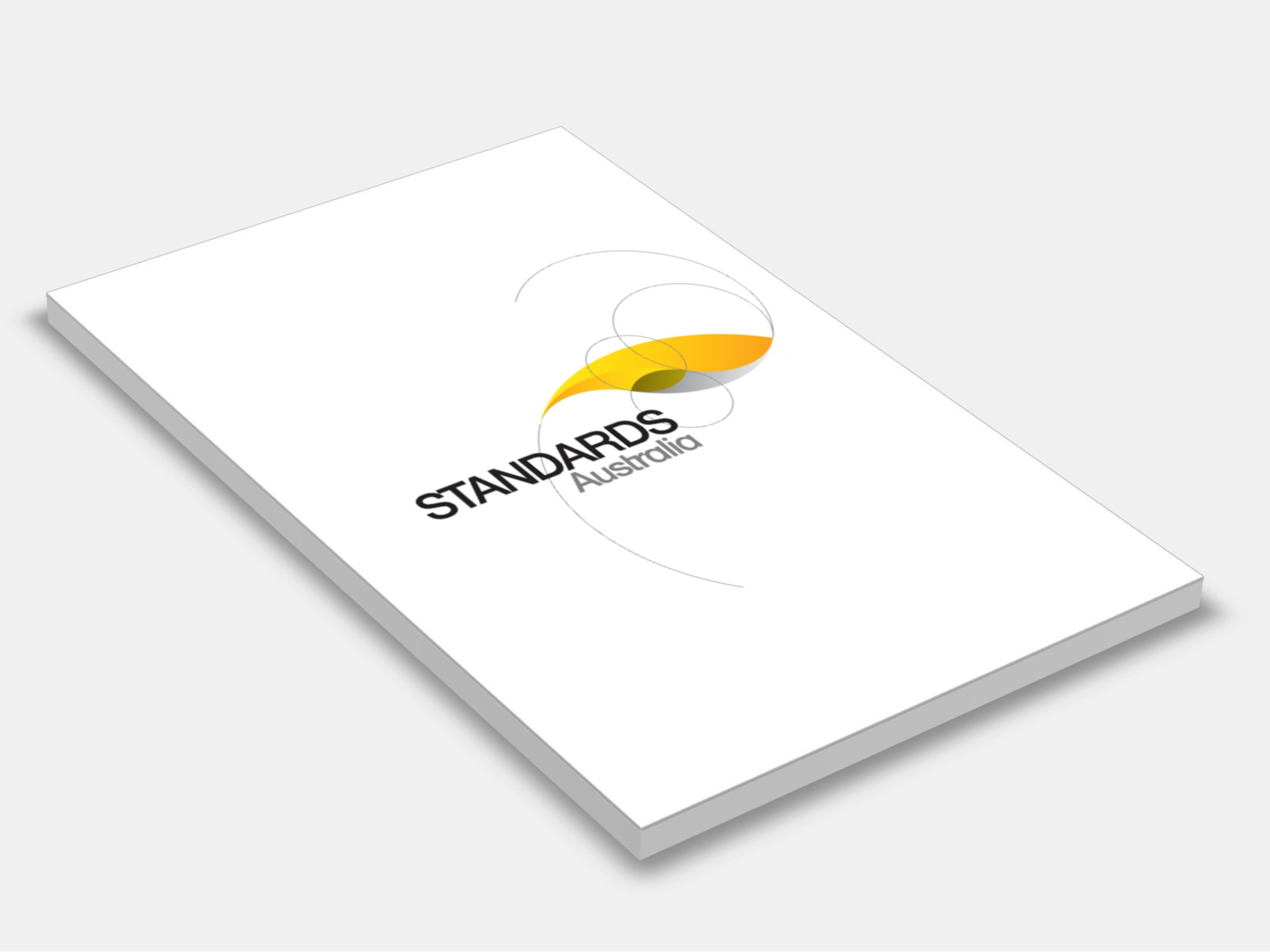
Type
Publisher
Standards Australia/Standards New Zealand
Publisher
Standards Australia/Standards New Zealand
Version:
Third Edition 2016.
(Current)
Short Description
Applicable to the design, construction, and installation of refrigerating systems, including piping, components, materials, and ancillary equipment directly associated with such systems.
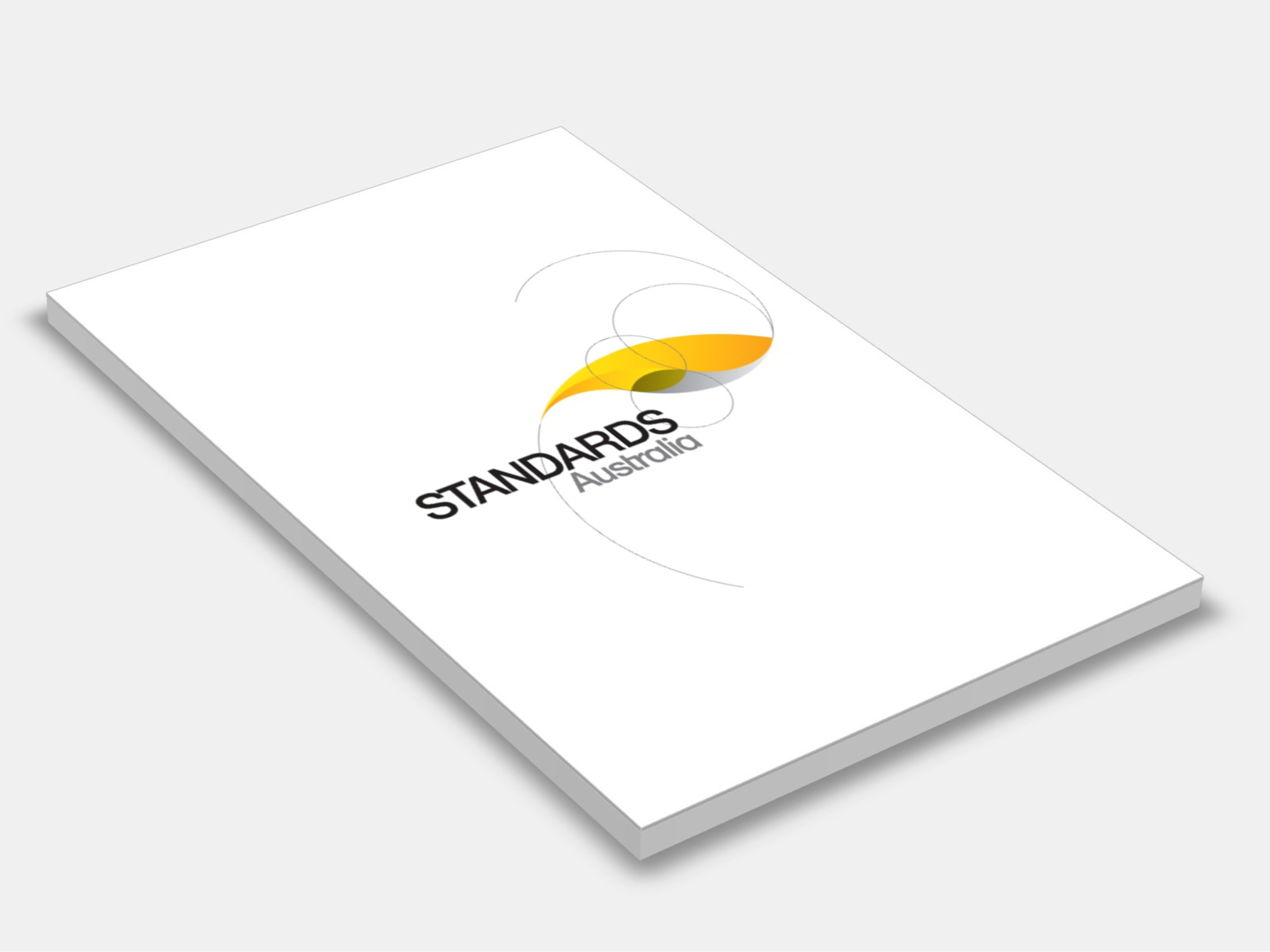
Type
Publisher
Standards Australia/Standards New Zealand
Publisher
Standards Australia/Standards New Zealand
Version:
Second Edition 2016.
(Current)
Short Description
Specifies the requirements for the safety of persons and property, provides guidance for the protection of the environment, and establishes procedures for the operation, maintenance, and repair of refrigerating systems and the recovery of refrigerants.
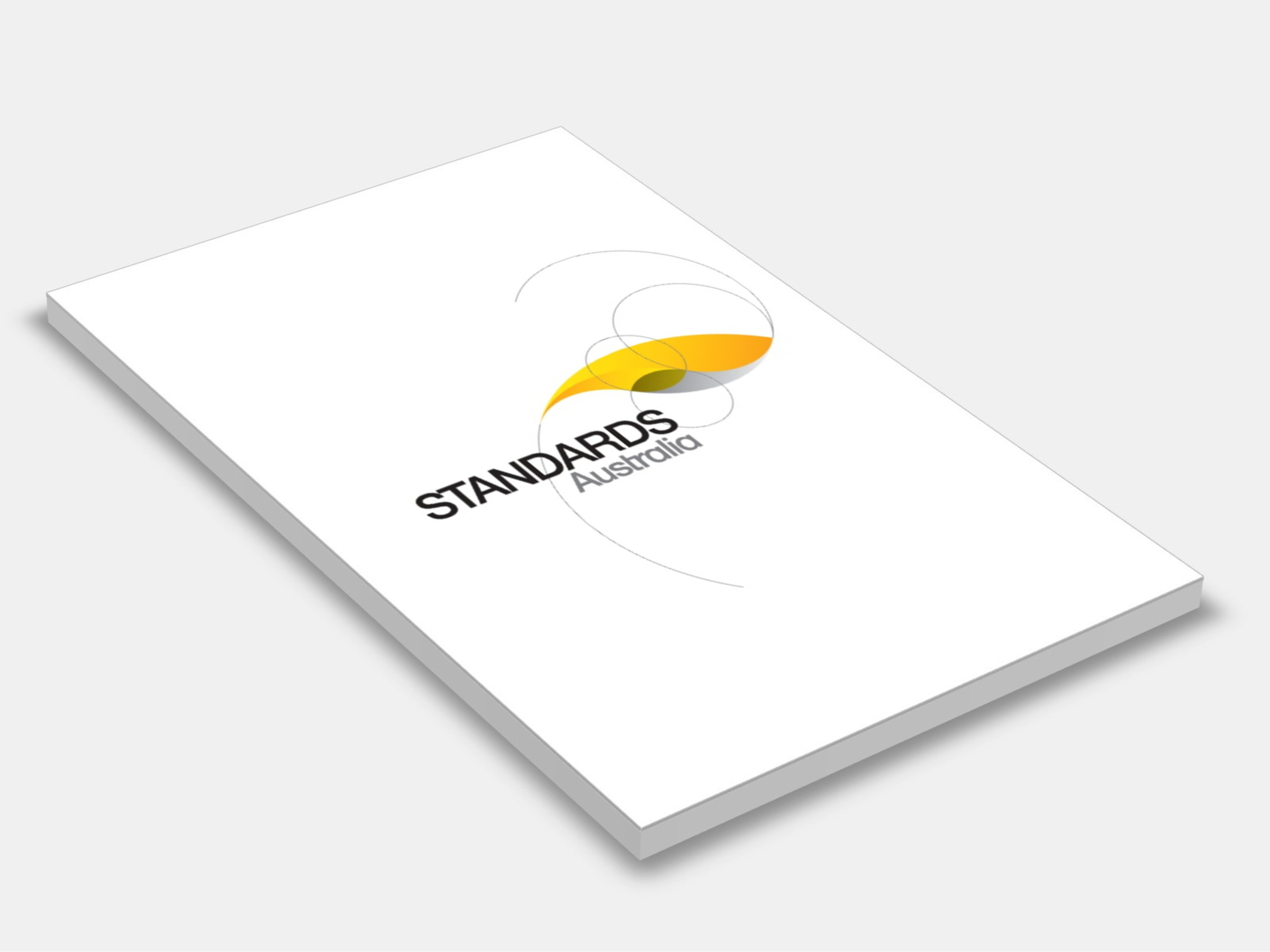
Type
Publisher
Standards Australia/Standards New Zealand
Publisher
Standards Australia/Standards New Zealand
Version:
Second Edition 2016.
(Current)
Short Description
Specifies a simple means of referring to common refrigerants instead of using the chemical name, formula, or trade name. It also establishes a uniform system to be used in assigning the proper reference number and classification to refrigerants; the system for refrigerant classification is defined and physical data of common refrigerants listed.
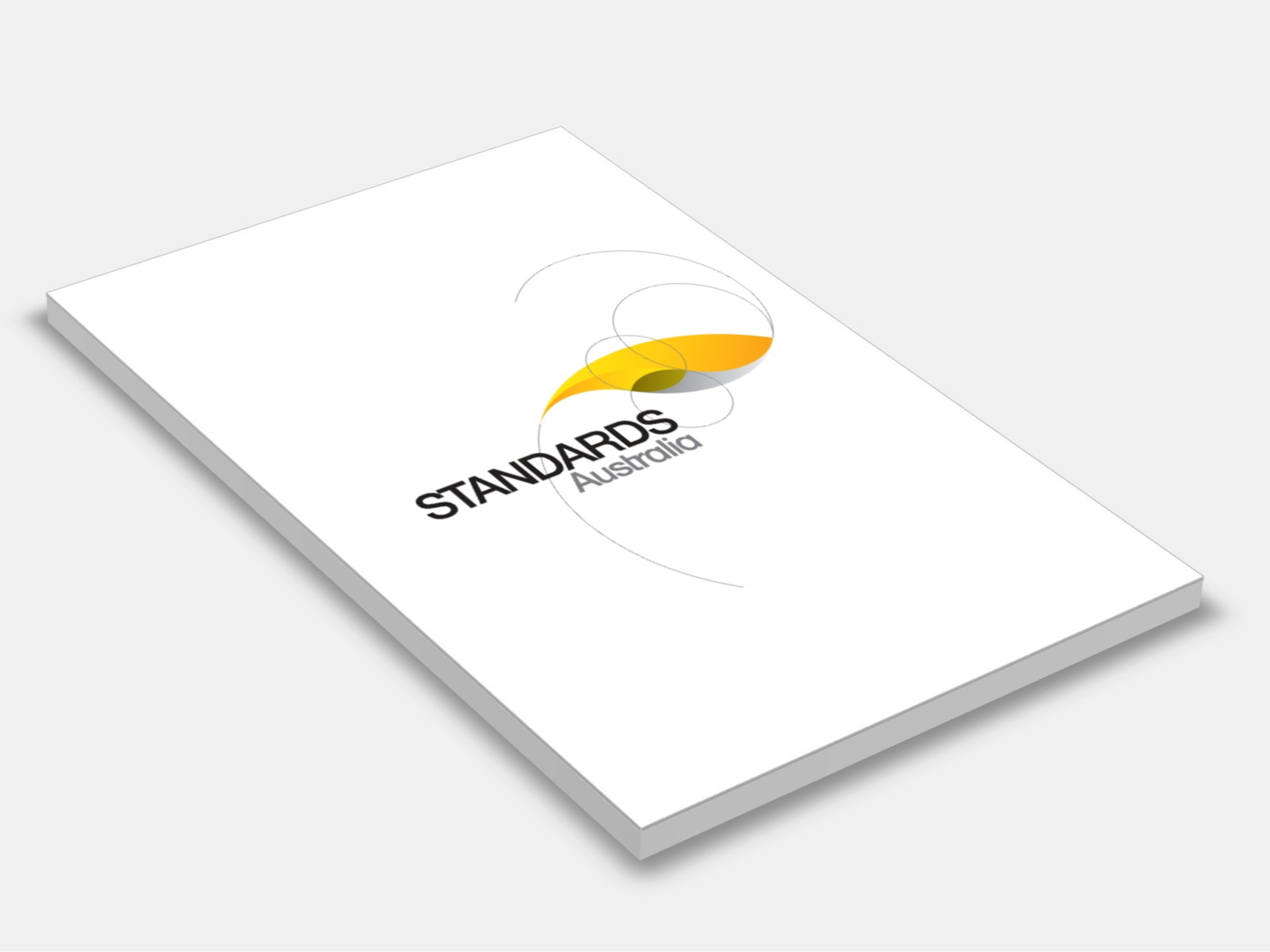
Type
Publisher
Standards Australia/Standards New Zealand
Publisher
Standards Australia/Standards New Zealand
Version:
First Edition 2016.
(Current)
Short Description
This Standard provides an unambiguous system for assigning designations to refrigerants. It also establishes a system for assigning a safety classification to refrigerants based on toxicity and flammability data, and provides a means of determining the refrigerant concentration limit.
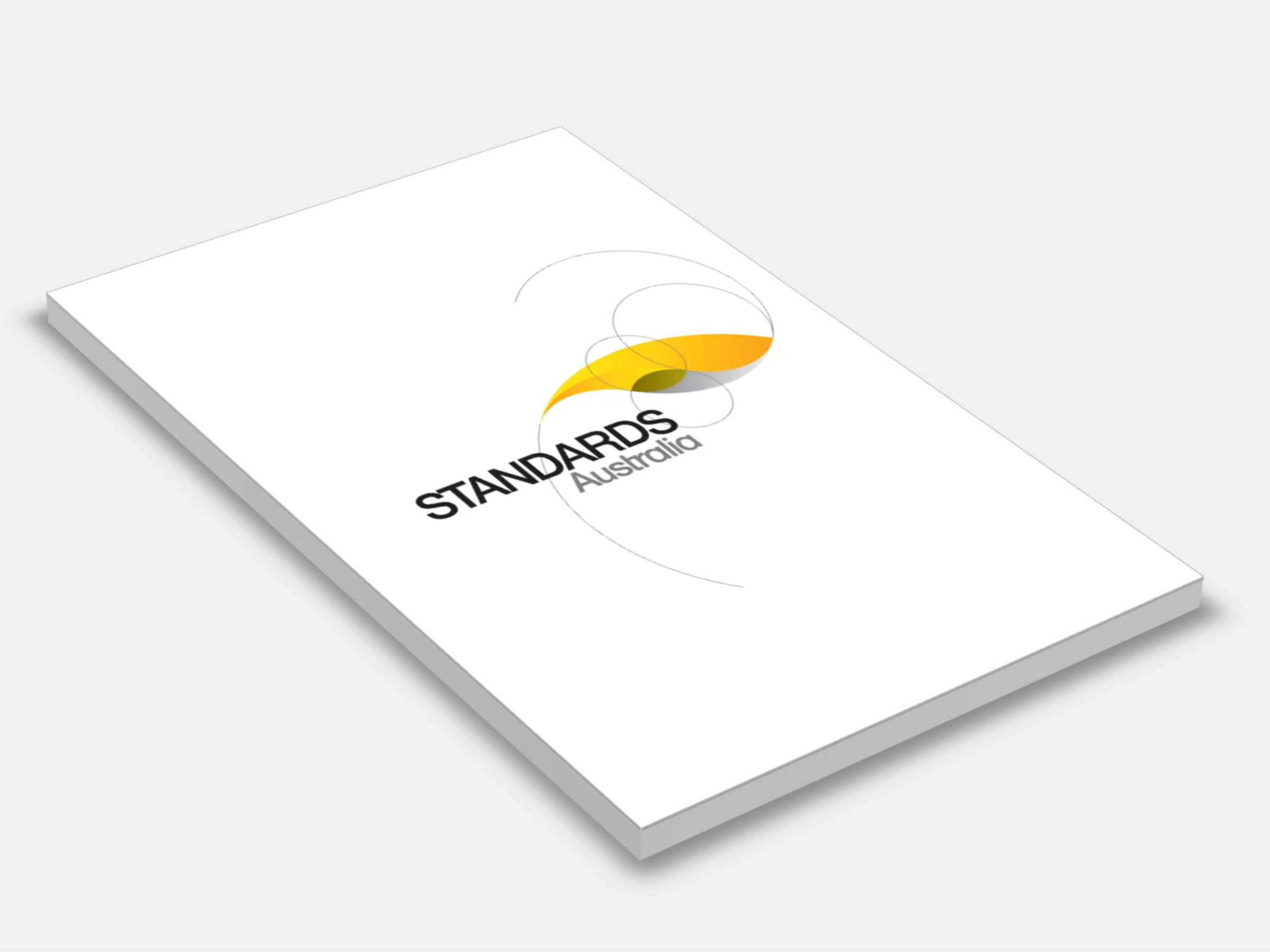
Type
Publisher
Standards Australia/Standards New Zealand
Publisher
Standards Australia/Standards New Zealand
Version:
Second Edition 2016.
(Current)
Short Description
Specifies requirements for safety and environmental aspects in relation to operation, maintenance and repair of refrigerating systems and the recovery, reuse and disposal of all types of refrigerant, refrigerant oil, heat transfer fluid, refrigerating system and part thereof.
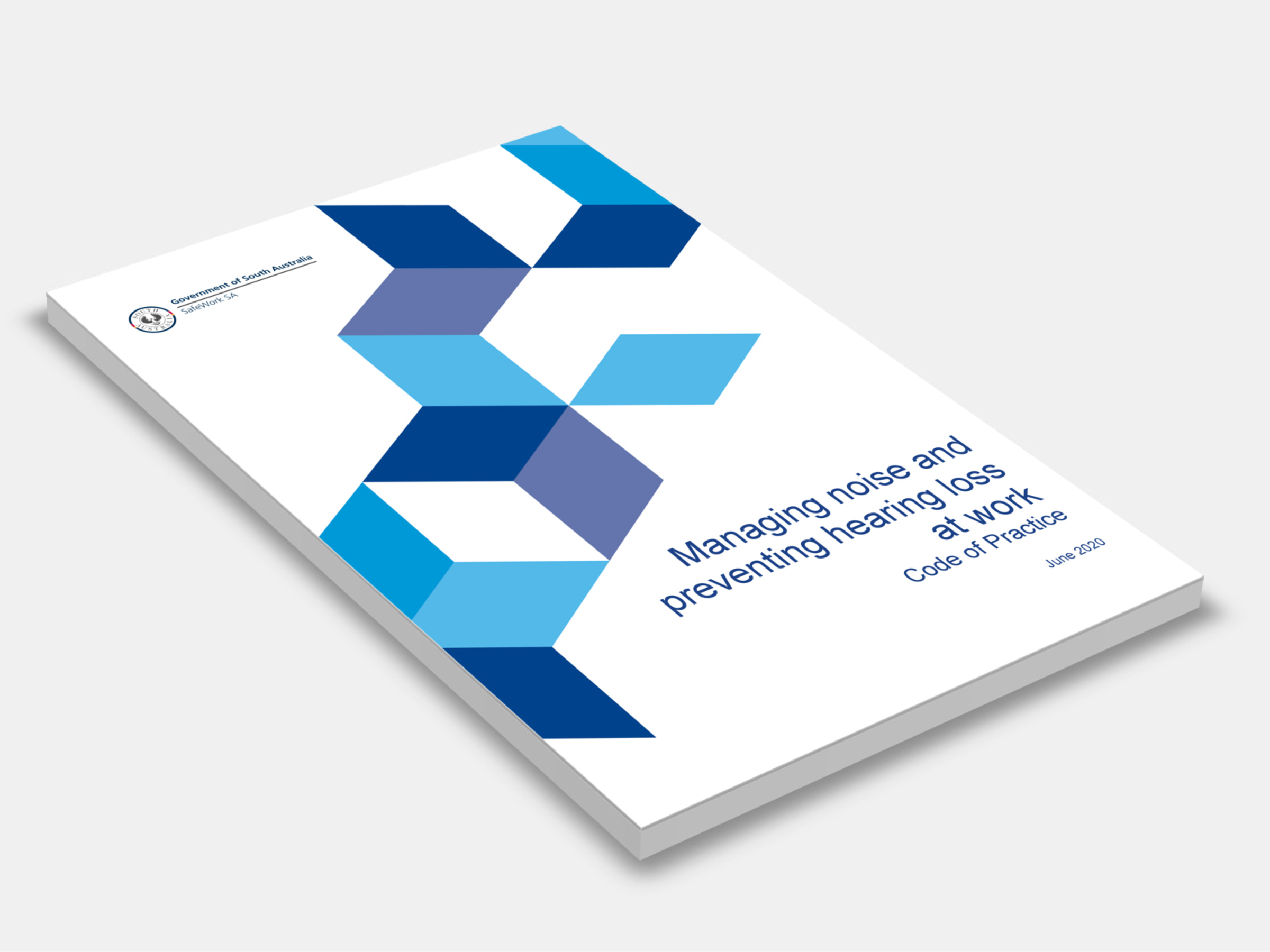
Type
Publisher
SafeWork SA
Publisher
SafeWork SA
Version:
2020.
(Current)
Short Description
Provides practical guidance to PCBUs on how to manage health and safety risks associated with workplace noise.
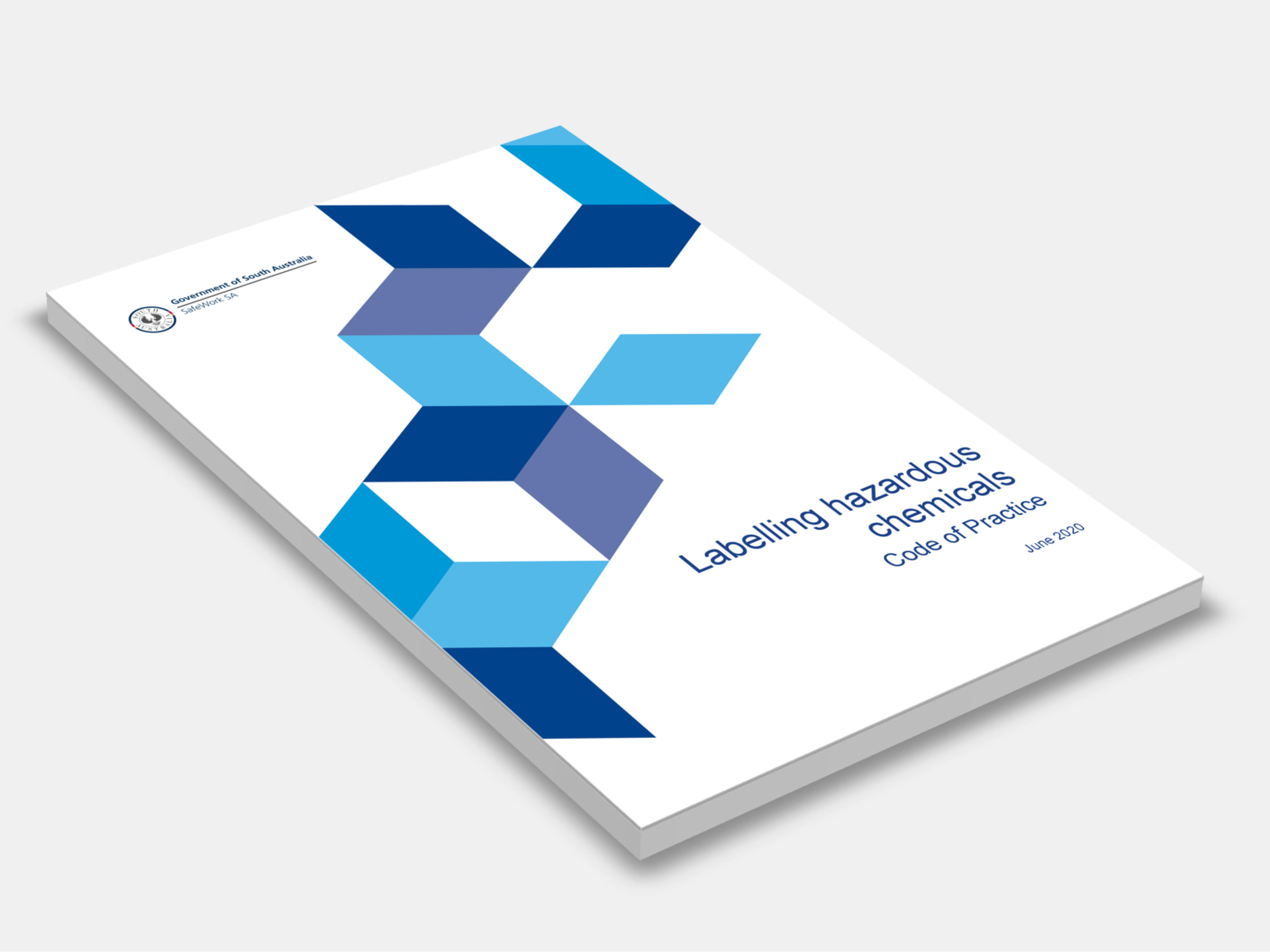
Type
Publisher
SafeWork SA
Publisher
SafeWork SA
Version:
2020.
(Current)
Short Description
Provides practical guidance to PCBUs on how to label hazardous chemicals that are being manufactured or imported for use, handling or storage in Australia.

Type
Publisher
SafeWork SA
Publisher
SafeWork SA
Version:
2020.
(Current)
Short Description
Provides practical guidance to PCBU’s on how to manage health and safety risks associated with removing asbestos or asbestos-containing materials (ACM) from workplaces.

Type
Publisher
SafeWork SA
Publisher
SafeWork SA
Version:
2020.
(Current)
Short Description
Provides practical guidance to PCBUs on how to manage risks to health and safety.

Type
Publisher
SafeWork SA
Publisher
SafeWork SA
Version:
2020.
(Current)
Short Description
Provides practical guidance to PCBUs on how to manage risks associated with asbestos, asbestos containing material (ACM) and asbestos-contaminated dust or debris (ACD) at the workplace and thereby minimise the incidence of asbestos-related diseases such as mesothelioma, asbestosis and lung cancer.